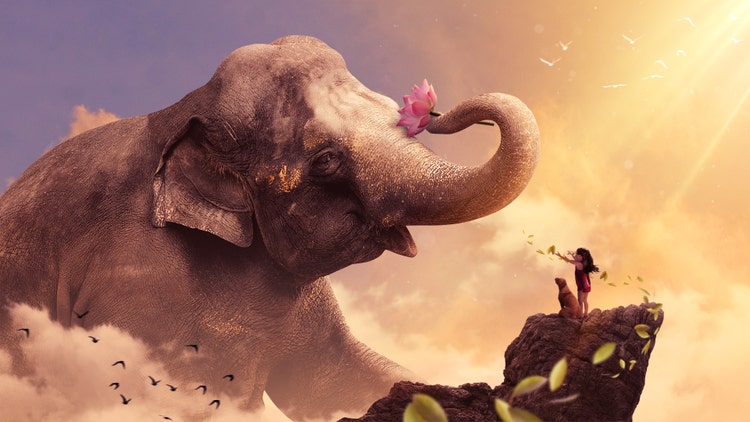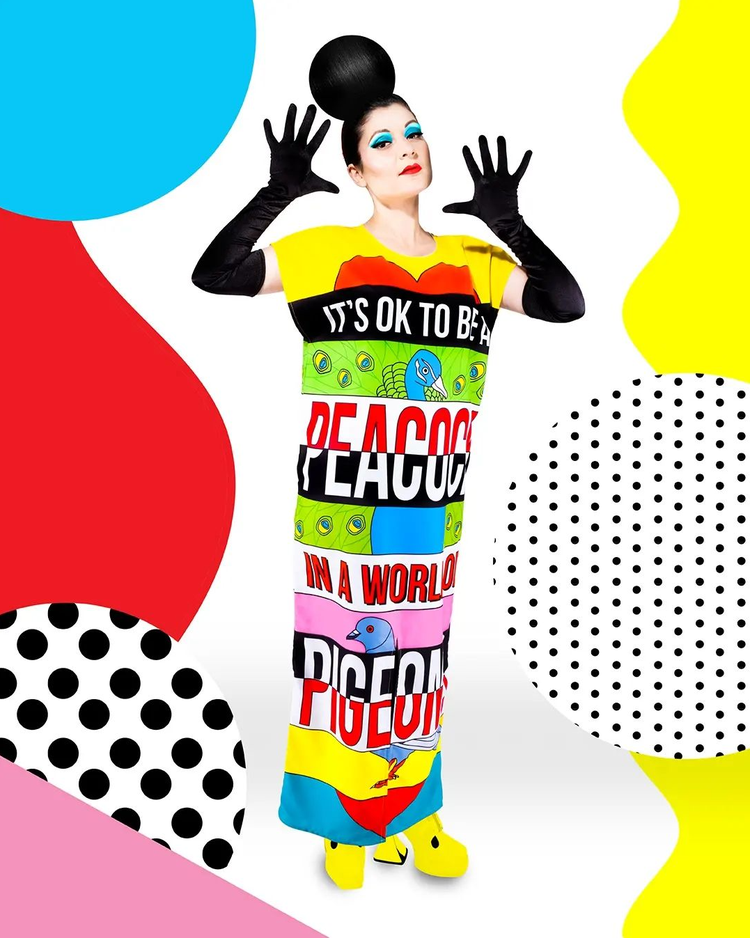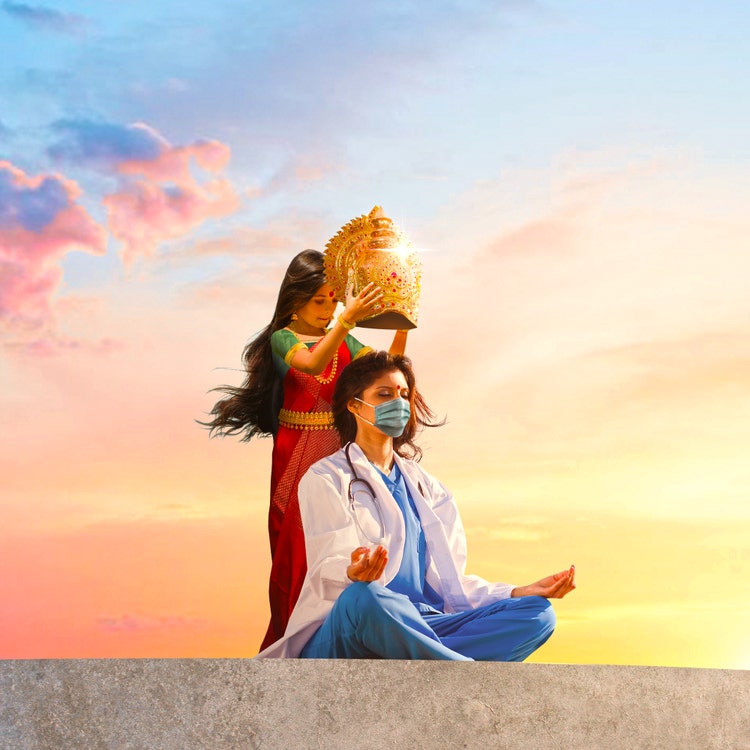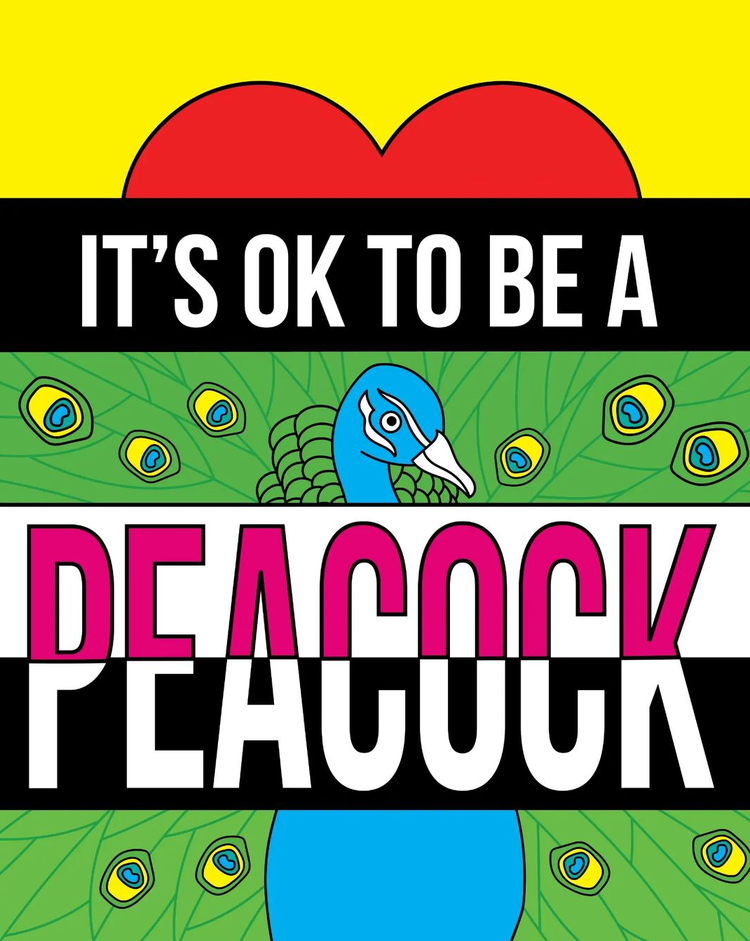From the sacred to the street, why Photoshop is for everyone

The digital revolution has accelerated beyond all predictions. We expect to live, work and play online, but have you invested in the skills you need to keep up and stay happy?
According to photoreal artist Rames Harikrishnasamy, investing your time to grow creative skills is a virtuous cycle. One of 30 artists presenting their work in the Adobe Virtual Gallery for Adobe MAX, Rames is a self-taught Photoshop whizz who wasn’t on a creative path until technology intervened.
“When I was small, I liked to tell a lot of stories. I had a vivid, visual imagination. But I didn't take design classes, I studied business. Travelling to college on a bus, I'd see a lot of billboards. And I thought wow, they are so nice – but some could be better. And I thought – I could try that. Now my happiness level goes up like crazy when I’m creating,” Rames said.
Creativity is growing – and happiness levels are, too
Recent research bears this out. According to the Adobe “Future of Creativity” Study, creating content online fuels creativity and personal fulfilment, which drives creators to continue creating.
The study finds the Creator Economy – the economy empowering people monetising their content, goods and services online by leveraging their own creativity, talents and passions – grew by more than 165 million creators over the past two years to 303 million creators globally.
It defines creators as professionals and non-professionals creating original content for their jobs or passions, including designers, photographers, filmmakers, illustrators, and hobbyists.
Self-taught and self-fulfilled
As a self-described “child of the nineties,” graphic artist Stavroula Adameitis, aka Frida Las Vegas, first started using Photoshop to make wallpaper of pop stars and heartthrobs. Stav says her dad was a ‘tech nerd’ who picked up a copy of Photoshop 1.0 while travelling overseas, making Stav a very early adopter.
“When I first got my hands on Photoshop, that was like an opening into a whole new universe that I was in love with. I managed to make my creative expression a career after really embracing Adobe Illustrator and having access to it through my day job at the time,” Stav says of her experiences.
“Thus began the journey of using the tools to create what I had in my head. I run my own freelance practice now, and I make all sorts of kooky stuff and I ship it all around the world. It was a good bit of extracurricular self-education that has paid off in the long run.”

Source: Frida Las Vegas
Rames agrees that self-education sparked his identity as a creator. Working from home during the pandemic gave him time to plan and create and fulfil his work as an art director. But it’s not just the pandemic giving Rames more time – it’s the nature of his tools and his love of learning, too.

“Compared to when I first started, if I were to take five to six hours to create an artwork, now I can take two hours. Because of saving time, I get to create more, and there is no rush.”
Rames Harikrishnasamy

Source: Rames Harikrishnasamy
The transformative power of technology
Digital art production is a great leveler, allowing for creativity and experimentation in ways not previously accessible. According to Stav, it wouldn't be physically possible to print the colour range she does across mediums using more traditional screen-printing techniques.
“The truth of the matter is, I wouldn't be making my art without technology. The beauty of being able to draw in Adobe Illustrator is that it's just so much quicker and really effective to get really strong, bold line work, and then translate that line work across different mediums,” Stav says.

Source: Frida Las Vegas
“The great thing with sublimation printing techniques is, you're not bound by how many colours you use. I'm able to just explore and have fun and not be held down by the constraints of resources, or cost per colour. It's freeing.”
Rames agrees that being a digital creator makes the relationship between craft and tools completely symbiotic. Discovering his own expression came during nights of his college studies in business.
“I had a computer with AltaVista, and one day I just searched 'digital image software.' I got a free Photoshop trial. I spent all of those 30 trial days falling in love. I thought, “This is what I want to do forever,” he said.
Join Rames at Adobe MAX to find out how you can use Photoshop to make reality brighter, bolder and more unique – no matter where you are, or what your skills.
See more of Rames’ work in the Adobe Virtual Gallery.